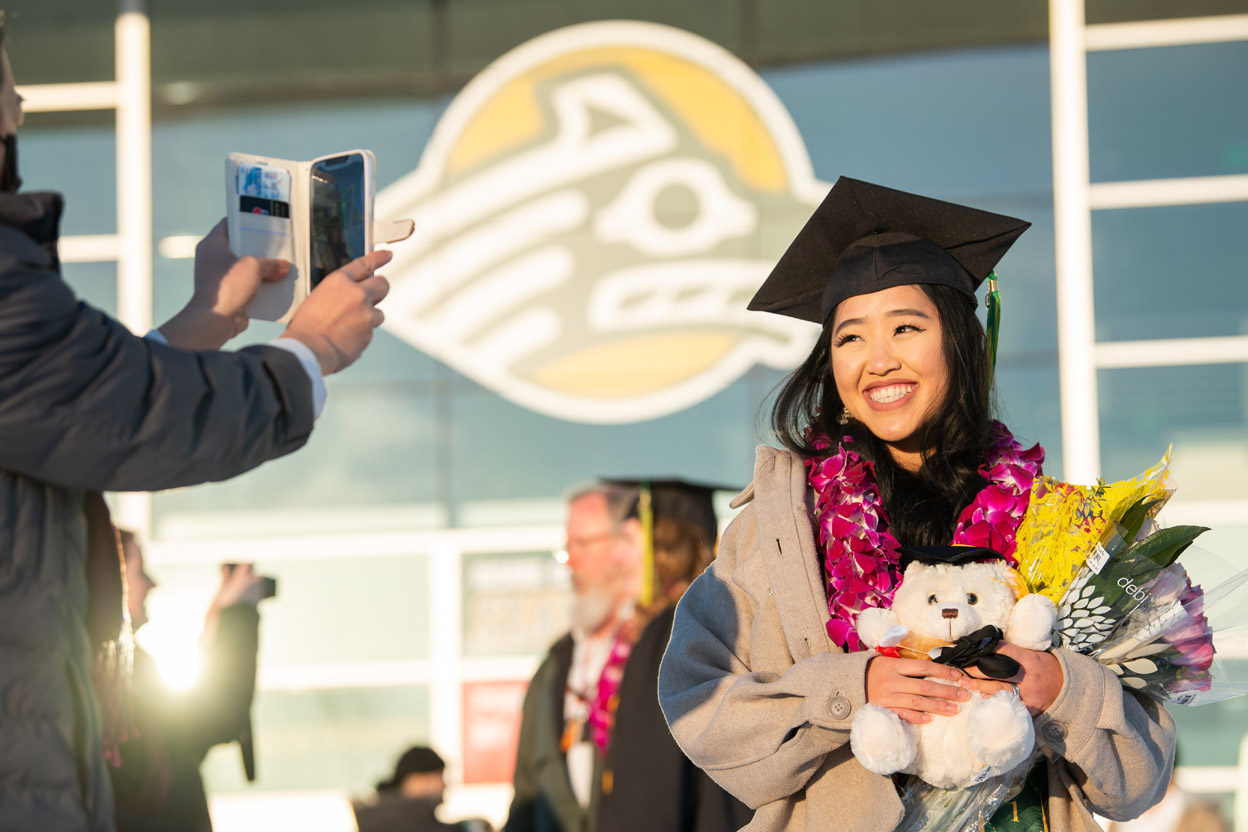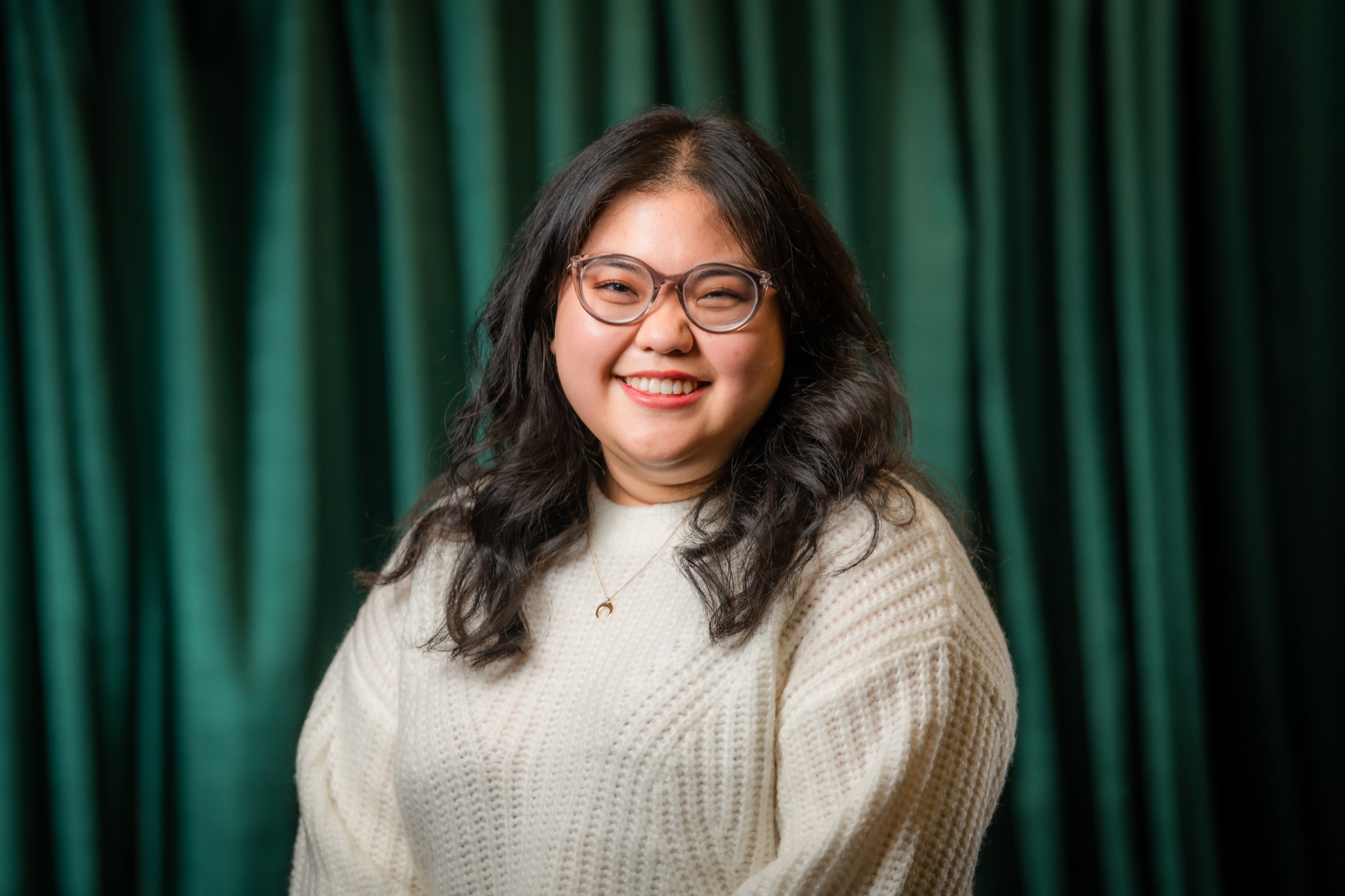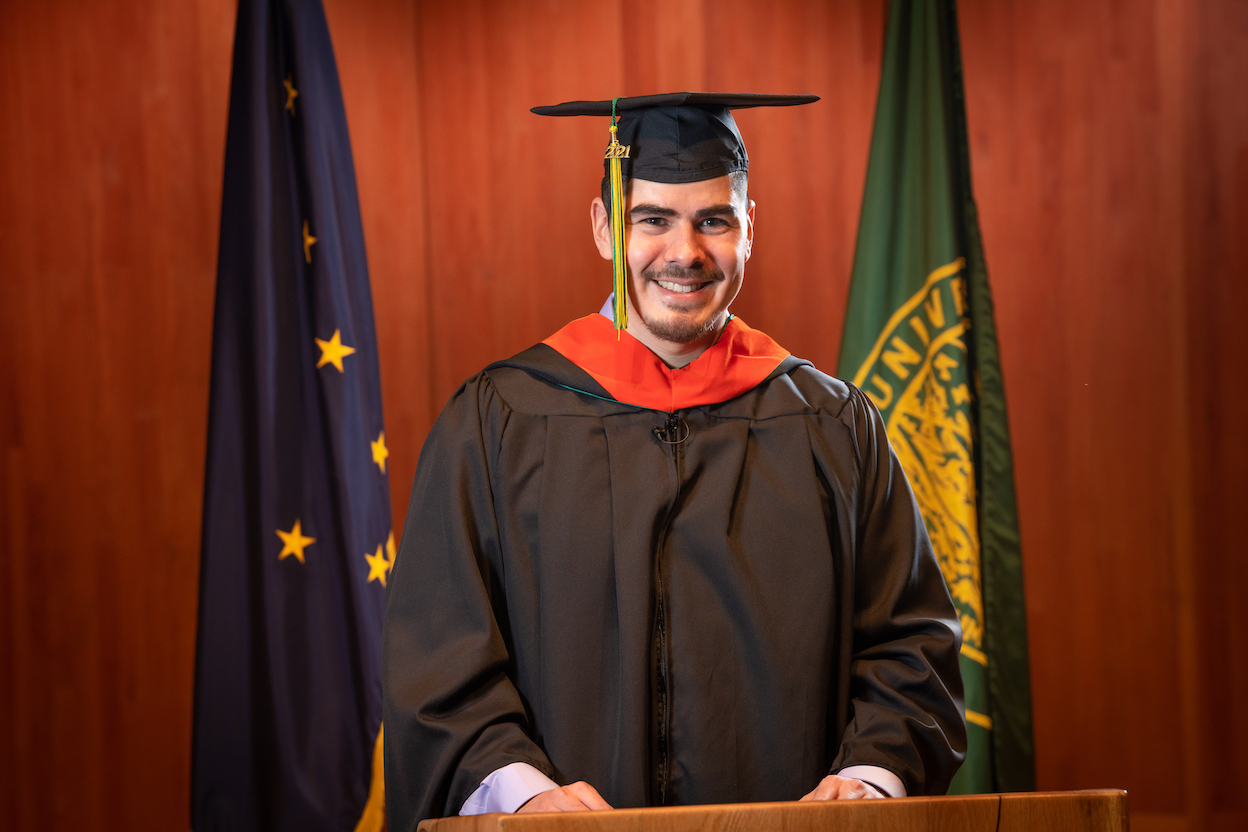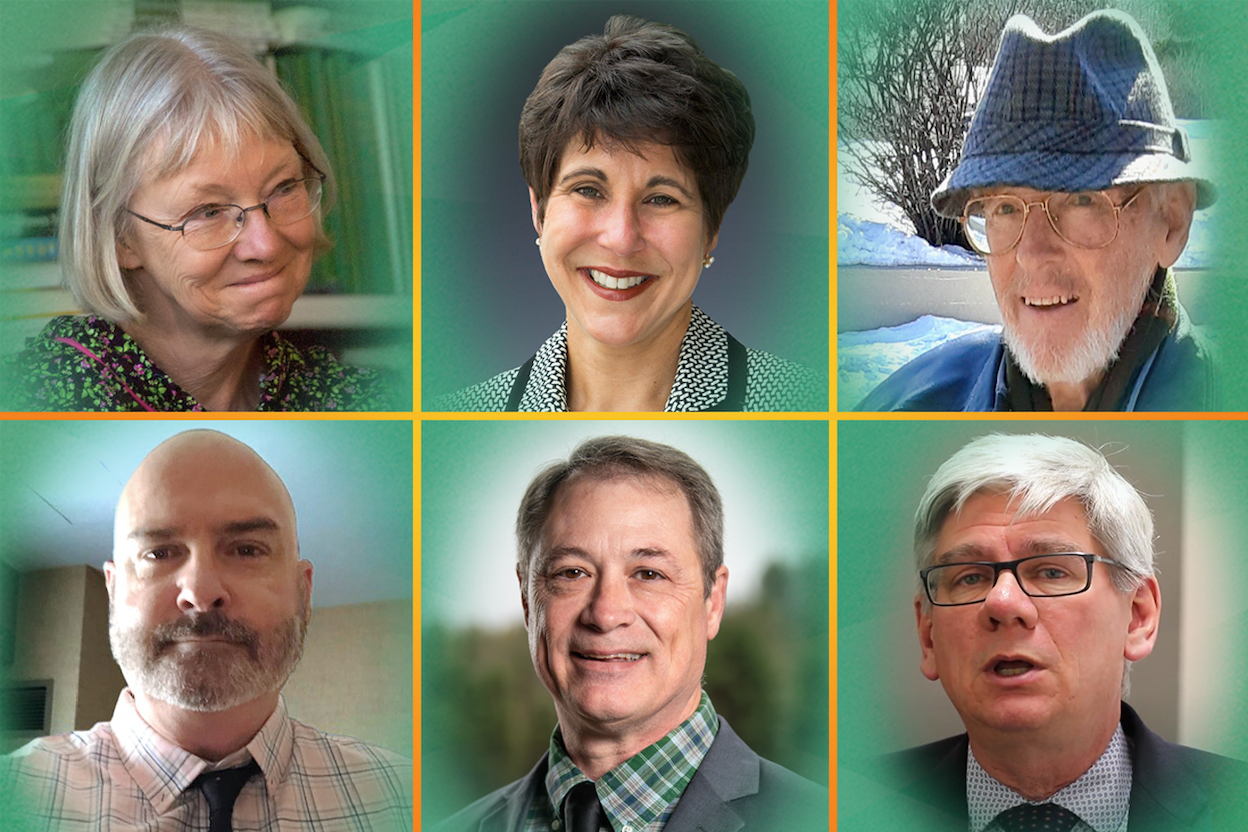Basketball alum finds the perfect fit with Adidas
by Nate Sagan |
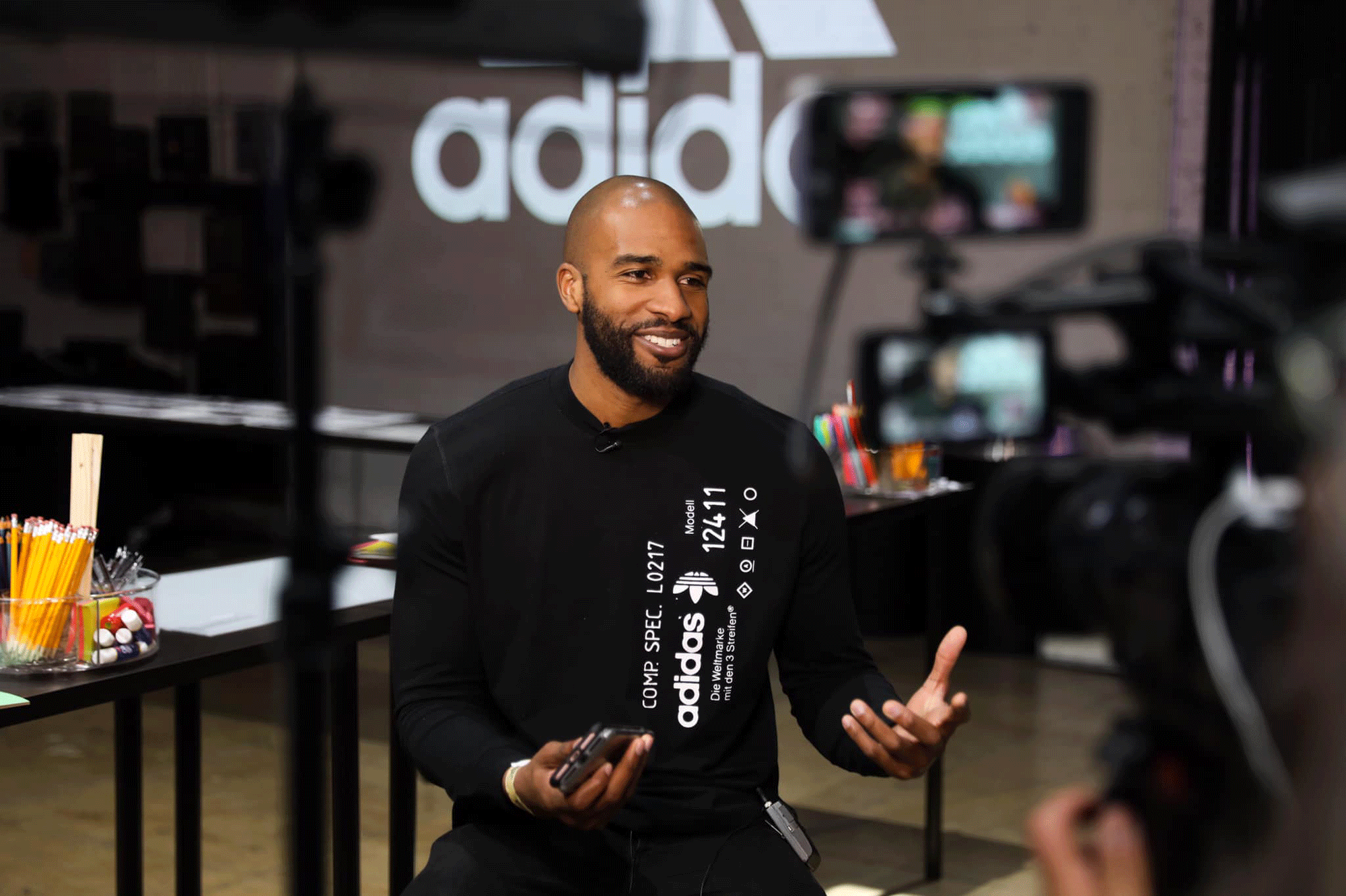
This story has been edited for length. Read the full version of this story on Go Seawolves, the Seawolf Athletics website.
Alumni-athlete spotlight: Brandon Walker
Men’s Basketball, 2008-11
B.A. Sociology ’11
Hometown: Hayward, California
Then…
*Two-time All-Great Northwest Athletic Conference selection
*Totaled 1,242 points (still No. 10 in program history), 463 rebounds and 176 assists
in 90 career games
*Helped Seawolves to four wins over D-I programs and 2011 NCAA Tournament second-round
berth
*2010 GNAC Sportsmanship Award recipient
Now…
*Adidas head of sports marketing, North America basketball
*Lives in Portland, Oregon
*Named to PENSOLE and Nice Kicks Future 50 as one of top up-and-coming Black men and
women making an impact in the shoe industry
When you were looking to transfer from Loyola Marymount after your freshman year, what interested you in UAA, and how was the adjustment coming from a life lived entirely in California?
“I never thought I would end up in Alaska. When coach first called me and told me that he was interested in me, I gracefully and politely told him that Alaska was somewhere I would never, ever play basketball. And when I said that, he stayed persistent. He continued to call me. He said, ‘Hey, I completely understand where you’re coming from. Alaska’s an extreme place, and I’m just going to keep calling to check on your recruiting process. As we got deeper in the process, it just seemed that UAA had a genuine interest in me. So Coach [Shane] Rinner, an assistant coach, came down to the Bay Area to watch me play, and Coach [Rusty Osborne] Oz came down a month later to watch me play, and at no point did I show genuine interest in the program. But they continued to show genuine interest in me.
And so as we got closer to the summer, just talking with my family, we wanted to go somewhere where people actually cared about me and cared about my development, not only athletically but academically as well. Just the family environment that they created for me during the recruiting process — even though I wasn’t receptive the entire way — it stood out among the other programs that were recruiting me. I came up to visit Anchorage with the family. Lonnie Ridgeway was actually the one who took me on my visit, and he welcomed me with open arms and I had a great experience. The very next week I enrolled in the university that I told [Coach Osborne] I would never attend.
“In terms of the adjustment, I would say the first year was tough. I had no idea what to expect, but when I got there it was colder than I ever imagined. It was the first time I had ever seen snow. I would say that the first year was a real adjustment period for me. But after my sophomore year, junior and senior year was absolutely incredible.”
Is there a special game or moment at UAA that stood out for you?
“I genuinely loved the [Great Alaska] Shootout. It was just a moment that brought everybody together. It brought the community together and it was just something that the city and the state took a lot of pride in. To wear the Seawolf jersey and represent the state on a national level, I took a lot of pride in.
“I would say there’s no particular game that stood out. I just loved being on the road with the team. Since we were in Alaska, we traveled more than almost any other GNAC team, and the road trips were a ton of fun, just getting to know the guys, and for whatever reason my most vivid memories are of the PE class going until 10 p.m., and then us being allowed to get back in the gym from 10 to 11. And just being in the gym late nights, shooting around with [Assistant] Coach [Casey] Reed or whoever, it was always a bunch of fun. It’s mostly just memories with teammates and the Shootout as a whole.”
You had a wild up-and-down year after you graduated, heading to Europe and quickly suffering a serious injury. Take us through that timeline and, looking back, has the experience helped you grow as a person overall?
“UAA really prepared me to play professional basketball because I was able to expand my skill set at the university and explore my game in a way that I may not have been able to explore in other places. So I was feeling really good. I was feeling like I was really starting to understand basketball and my game was filling out. I thought, ‘I’ll be able to make some money for a decade playing this game.’ That was my vision — go play for 10 years and come back and coach. So when I got [to Bonn, Germany], I started to have back pains and I wasn’t sure why. There wasn’t a big moment. I didn’t have a fall. I just woke up and I was feeling sore, and soreness led to extreme pain. I took some meds and I played through it at first, but it never subsided. So we got to the point where I had all these scans and x-rays, and I had a fracture in my vertebrae and slipped discs that were leaning on one of my nerves. They told me you either have one of two options: you can stop playing forever, or you can have surgery. And at 22, having surgery on my spine didn’t feel like the responsible thing to do. So I took a day, and I cried.
“When I got hurt in Germany, the only non-playing positions I had an awareness about in basketball were being an agent, being a coach or being a scout. But when I was out there being a player manager, I got the chance to meet so many people who were making a living off the sport outside the more traditional roles. I was able to have a lot of informational meetings and learn a lot just by viewing. It allowed me a chance to say, ‘Oh, okay, that’s a job, that’s a job, that’s a job.’ And I literally was getting sit-downs with anybody and everybody I could, just to learn about their world and how they got there.
“The sneaker industry really caught my interest and so after working for [best friend] Orlando Johnson for a year and a half, when he went to play for the Kings, that led me to applying for a job at Finish Line, which is based in Indianapolis. That was my first corporate job in the sneaker industry, and I stayed there for a year and a half. It was an incredible experience too. The main reason I went to Adidas was to be home on the West Coast and to work in basketball. At Finish Line it was running and casual and everything else, and it gave me a great overall view of the industry. It allowed me to work with Adidas, Nike, Under Armour, Puma — I had a chance to look into the other brands because we were retailing their product. I just took a liking to Adidas, and Adidas had jobs open that were specifically related to basketball. The thought of being able to make a living off of basketball was like a dream come true. When I applied for those jobs and I got one, I was like, ‘Okay, we’re headed in the right direction. This is going to be a good thing.’”
What does your current role with Adidas entail?
“In my role, we set the strategy on how we engage with our amateur consumer. So that’s NCAA all the way down to middle school and everything in between. So think AAU [Amateur Athletic Union] basketball, think high school, think social media influencers — everything that falls outside of the pro world is us. Now, our role when this comes to the pro world is prepping the next generation of NBA superstars, so we know the next top draft picks, we’re familiar with their families, and we can do everything we can to empower them and learn about them. Because we want to know who we’re ultimately signing up long term.
“And then we also are responsible for community impact. We’re responsible for changing lives through basketball — going into underserved and underrepresented communities and providing access to sport and mentorship to those who need us the most. I work in the relationship business. So in sports marketing, for all the brands, specifically Adidas for me, we do the relationships and we do the product seeding. It’s a pretty cool job. I never thought that I could make a living off of relationships and just talking to people and representing the brand to the external world.”
How did your college basketball experience at UAA help you relate to the players and coaches you meet in your current role?
“I mentioned my first year being tough. And it wasn’t tough just because of the snow or the cold or that I was a long way from home. It was tough because I didn’t embrace being there. I was the California kid who thought he was cooler than anybody else and like, ‘I’m a Division I transfer.’ I just didn’t have the right mindset. After talking to my dad and some other people, they were just like, ‘You’ve got to embrace the experience.’ I took that mindset and came back to Anchorage my second year, and I wanted to learn about the Alaska Native culture, I wanted to learn about what it meant to be Alaskan in general. And I fell in love with it because I was able to approach it on a human level — build friendships, build relationships and not be so insolated — and my outcome became that much better.
“So the relationships that I was able to build played a huge role in me having success in the classroom and on the court. If I had kept the same mentality from my sophomore season, I wouldn’t have made it. So taking what I’ve learned from that, it doesn’t matter where you are, it doesn’t matter who you’re with, just try to learn the people of that place and love it and embrace it. It doesn’t mean you have to become [that lifestyle] necessarily, but be humble and approach it with gratitude, with curiosity and with love. And it’s interesting that that translates to my job today. I could be at a major university dealing with a national championship coach one day, and then the next day be in a high school gym, or be at a national AAU event dealing with people from across the country. So I have to wear many hats in so many different realms, and I think Anchorage really prepared me for that moment. Also, living in Anchorage gives you the confidence that you can live anywhere. It’s such an extreme place in terms of snow and weather and lifestyle. And I was like, ‘Man, if I can live there for three years, there’s nowhere in the world that I’m afraid to live, to visit, to travel.’ And it really gave me the confidence to show up wherever I was, and I’ll just figure it out.”
 "Basketball alum finds the perfect fit with Adidas" is licensed under a Creative Commons Attribution-NonCommercial 4.0 International License.
"Basketball alum finds the perfect fit with Adidas" is licensed under a Creative Commons Attribution-NonCommercial 4.0 International License.










